Yeah, I'm calling myself "cautiously pessimistic" on this one. Coffee Stain's leadership has proven they know what the hell they're doing, but being directly under the thumb of shareholders going forward is a powerful force for enshittification. Being based in Sweden, where they have strong regulations on workers rights should be a good balance, but we'll just have to wait and see how all the powers balance out.
JakenVeina
Regarding the bonus question: underclocking. You'll unlock that in the MAM eventually, and that'll let you scale diwnstream machines back to match the upstream, instead of only being able to scale the upstream up to match the downstream.
Trying to make production lines all balance to run a single end machine at 100% is a nice goal, but it falls apart pretty quickly early-game. Some products are just REALLY slow, and you might not feel comfortable early game with scaling up your upstream production THAT much.
Me personally, I don't recommend trying to build "permanent" factories until about the time you get Mk.4 belts.
I mean, Nazis fighting is Nazis fighting, sure, but it's still all running over an undercurrent of Nazis veing in charge of the country.
Bro, we all already fucking knew that. This says WAY more about you than it does Trump.
Either you're just drawing the obvious conclusion, like the rest of us, in which case, this statement is pointless, and you're an idiot. Or you actually DO know it for a fact, and you've been cool with it, this entire time. Also, in case #2, we gotta wonder how you learned that fact. The obvious answer is "because you're on there, too".
Me for sure. Every so often, I'll pull something up just for the sake of some tears.
My go-tos include (in no particular order):
- Avengers: Endgame
- The Fellowship of the Ring
- Patch Adams
- The Deathly Hallows (Part 2)
- Fullmetal Alchemist: Brotherhood
- Avatar: The Last Airbender
- The Owl House
- House MD (Season 4 finale)
Probably some more I'm not thinking of, at the moment.
I love how he's got 2 Alaskas and 2 Hawaiis on the map, at the end.
Nah, Musk and Trump are both self-serving dipshits that care only about themselves, and have absolutely no capacity for foresight.
Is Musk really sincere in disliking Trump? Who knows. But he's sincere enough to be willing to (attempt to) ruin Trump's reputation, if he thinks it'll repair his own at all.
If you're asking whether Trump and Musk coordinated this feud, I'd say that's a hard "no".
The only REAL criteria for getting married, thst isn't just personal social preference, are as follows:
-
Is there any kind of social imbalance of power? Like a boss/employee relationship, a really big age gap, an extended prior relationship where one party was a an adult, and the other wasn't, that kinda thing. Any of those is a big red flag. Definitely doesn't sound like the case here.
-
Have you talked about marriage, casually? Like, has the relationship evolved enough that the topic has just come up, and neither of you has been clear that you're not ready? Sounds like that's indeed the case here.
Like, the only "time threshold" that really matters is that #2 part, whether the relationship has matured to that point. Every relationsholip evolves at a different pace, in this regard.
In short.... (top-right panel) https://www.questionablecontent.net/comics/3738.png
I played it for about 70 hours like 8 months ago, and quite enjoyed it. Will definitely go back, at some point, to see what's been improved. There's a REALLY solid foundation there, I think. I like to say it's the factorio/automation genre, but distilled down to nothing but the gameplay, in its purest, most-concentrated form. My wife and son picked it back up immediately today, when they realized the big update dropped.
One thing they've talked about doing is improving the high-level progression. Specifically, they said their concept for better progression will be that milestone products will feed into future milestones, rather than having them just get thrown away, just like you describe. Not sure if that's made it into the game yet, or not.
For $25 in Early Access, I think it's a deal. If you're really worried about there being enough gameplay/progression to keep you interested, wishlist it, and keep an eye on what the updates are adding.
What I want Supergiant to do is.... whatever the fuck they want.
I literally fainted (i.e. got dizzy and lost the ability to stand)
This is how we know you're a real adult.














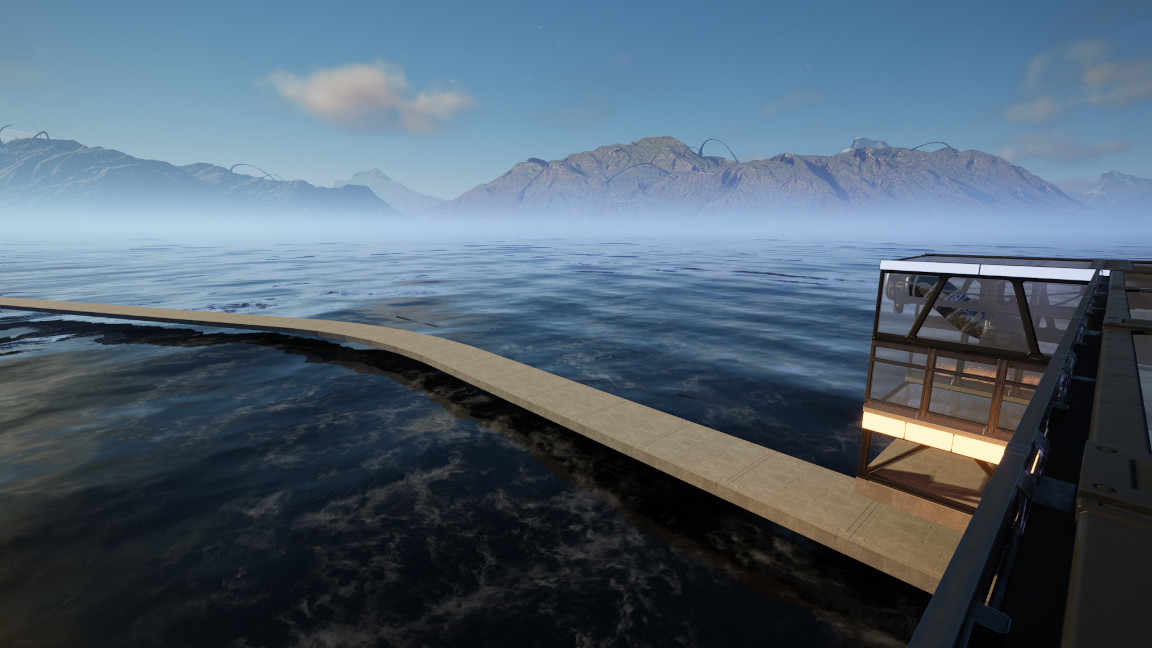





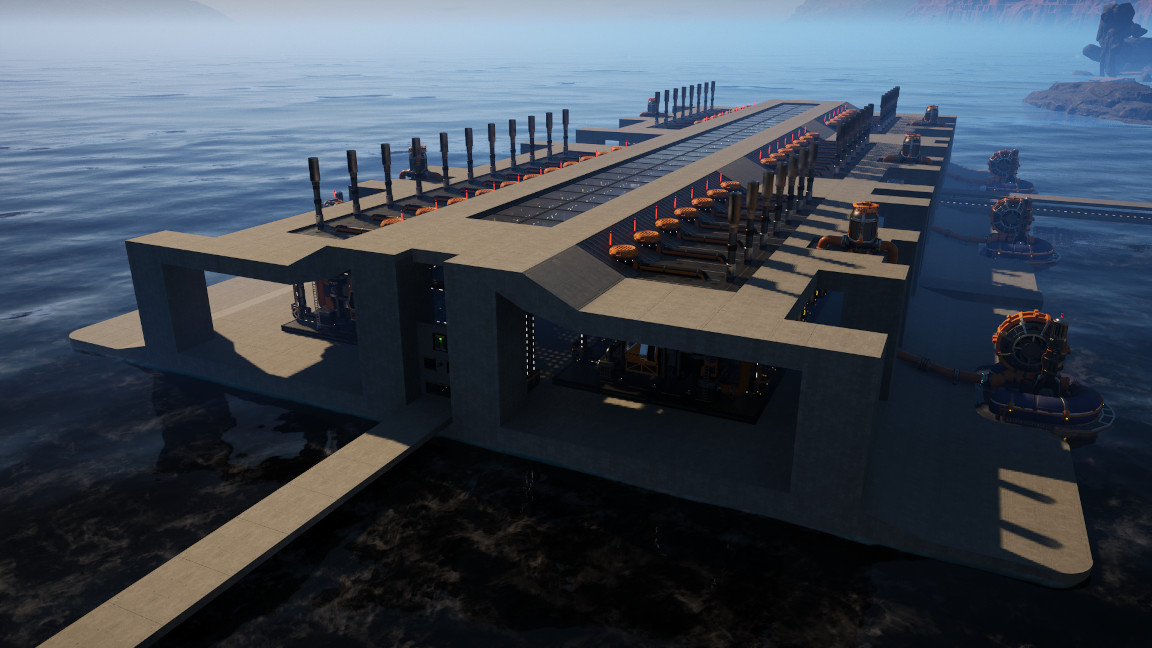
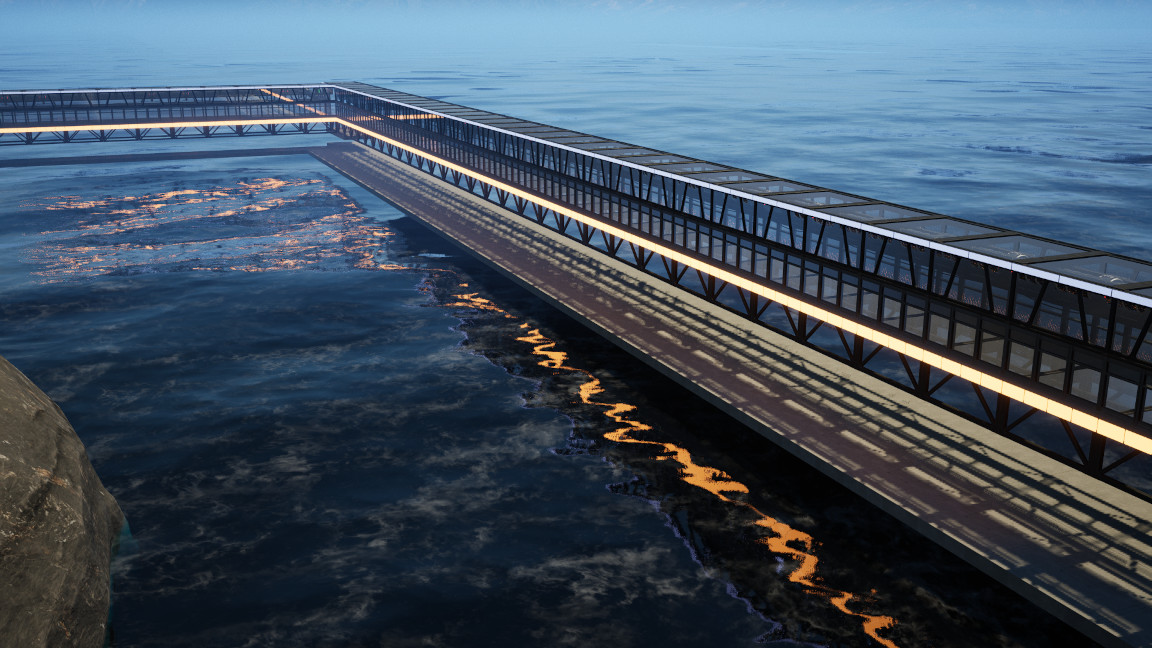


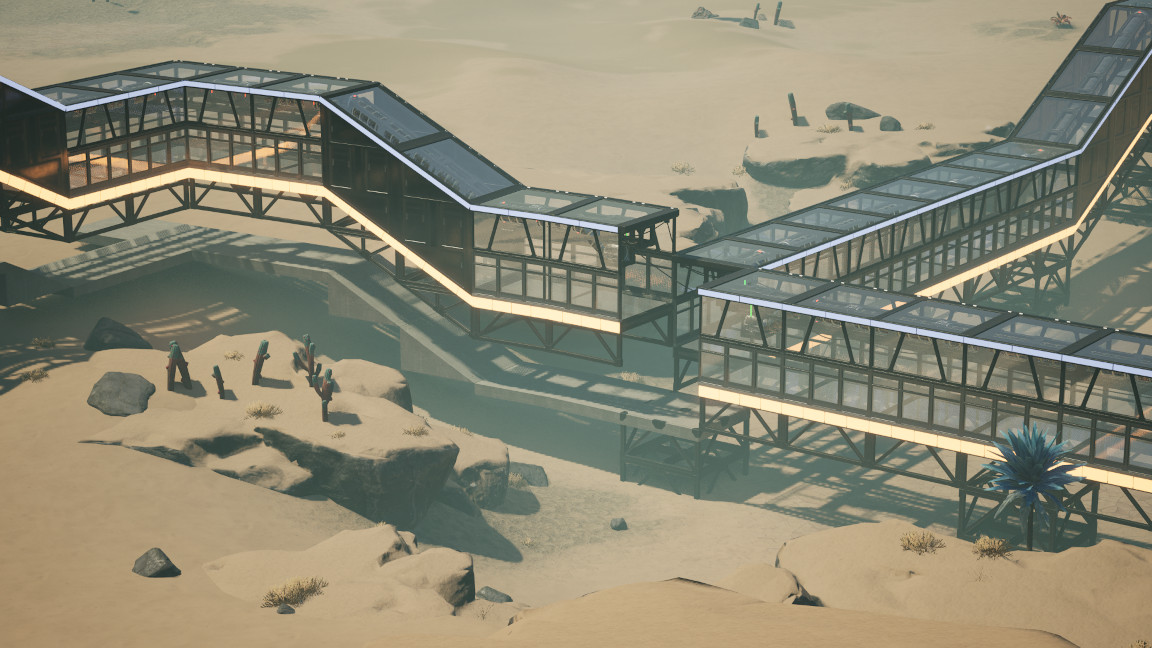

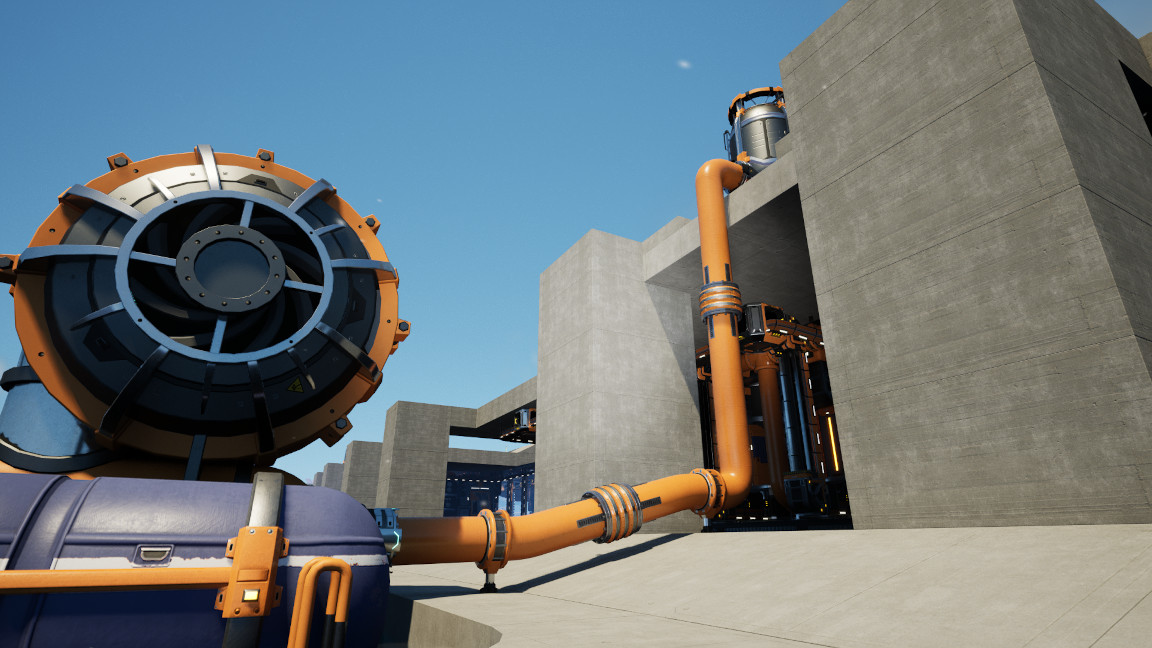


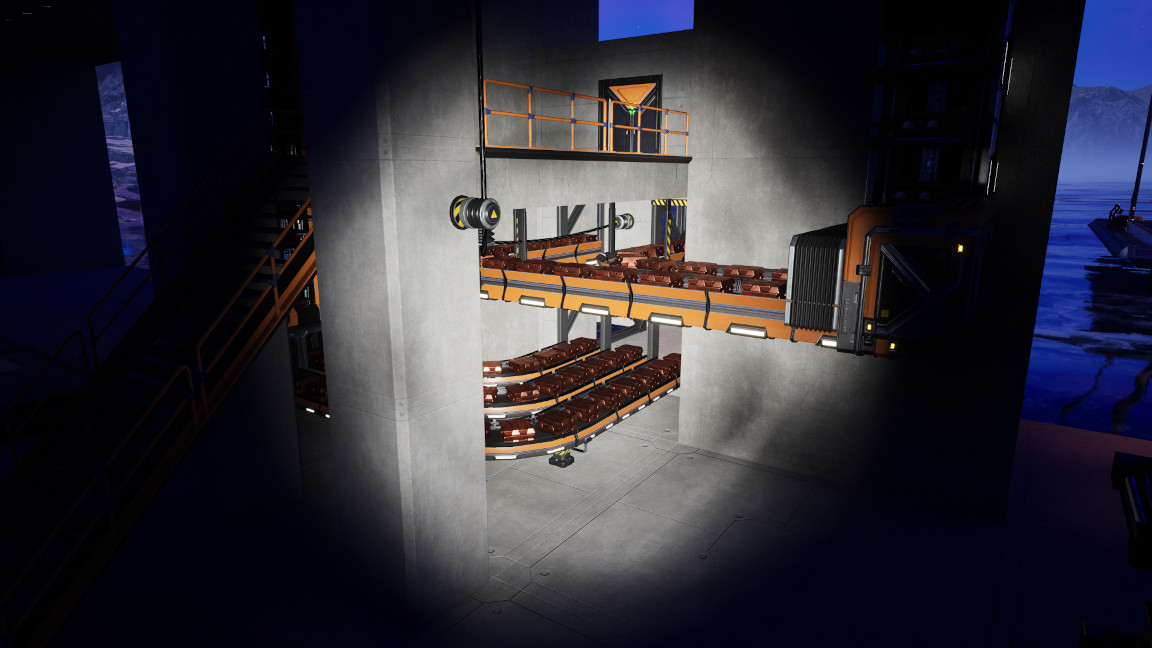

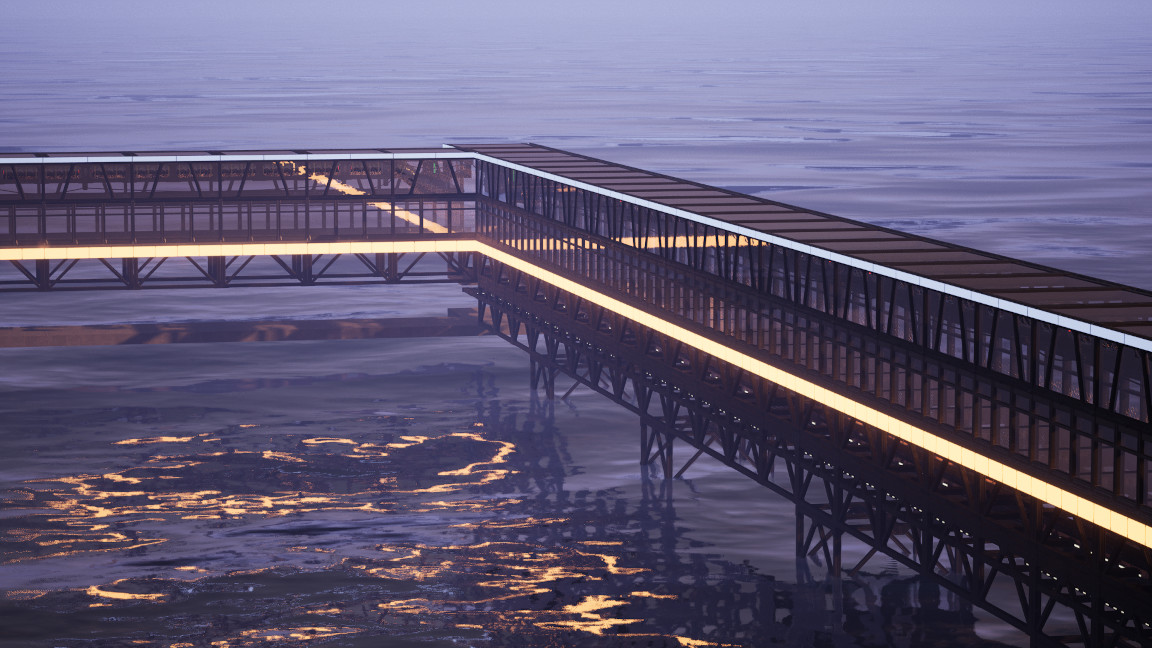



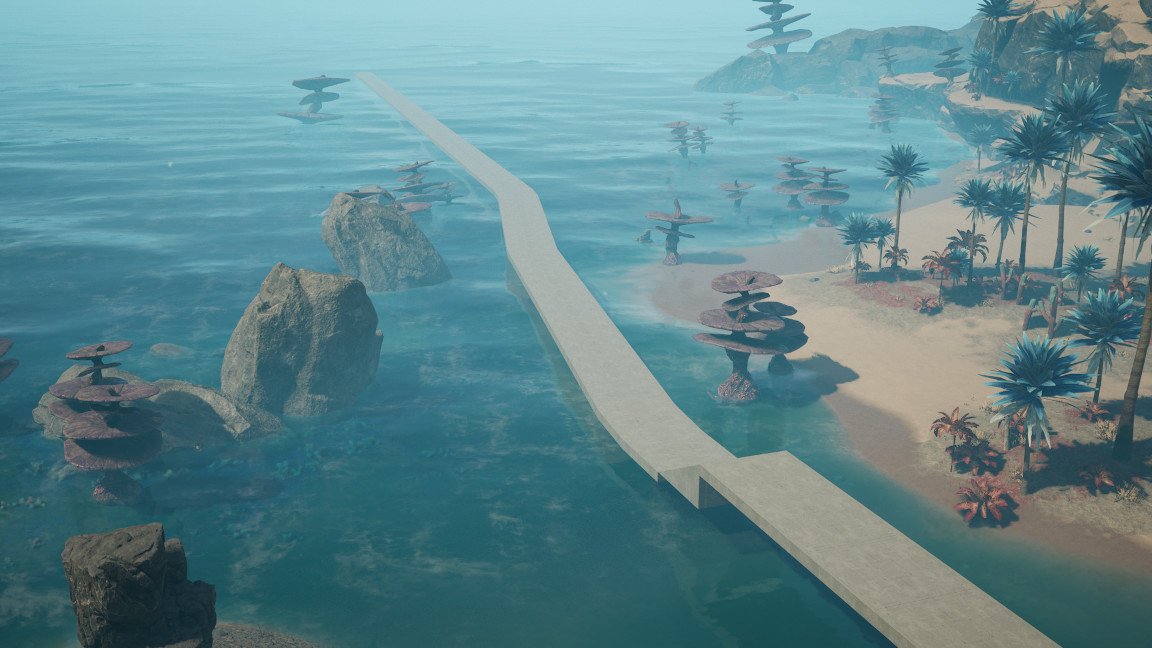
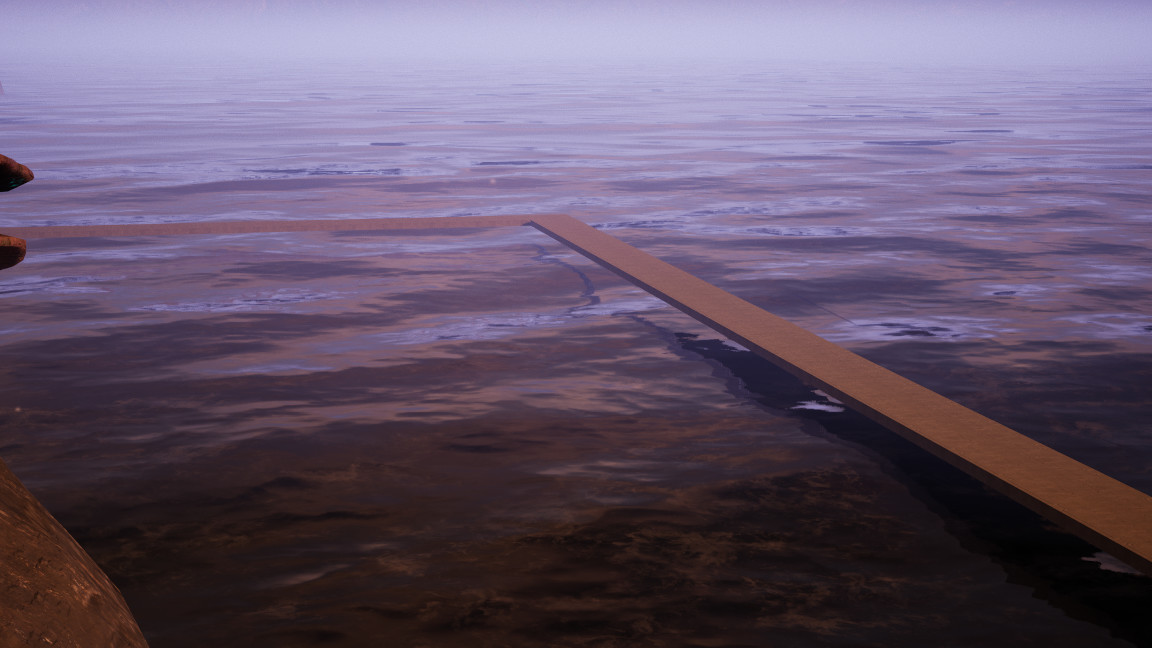



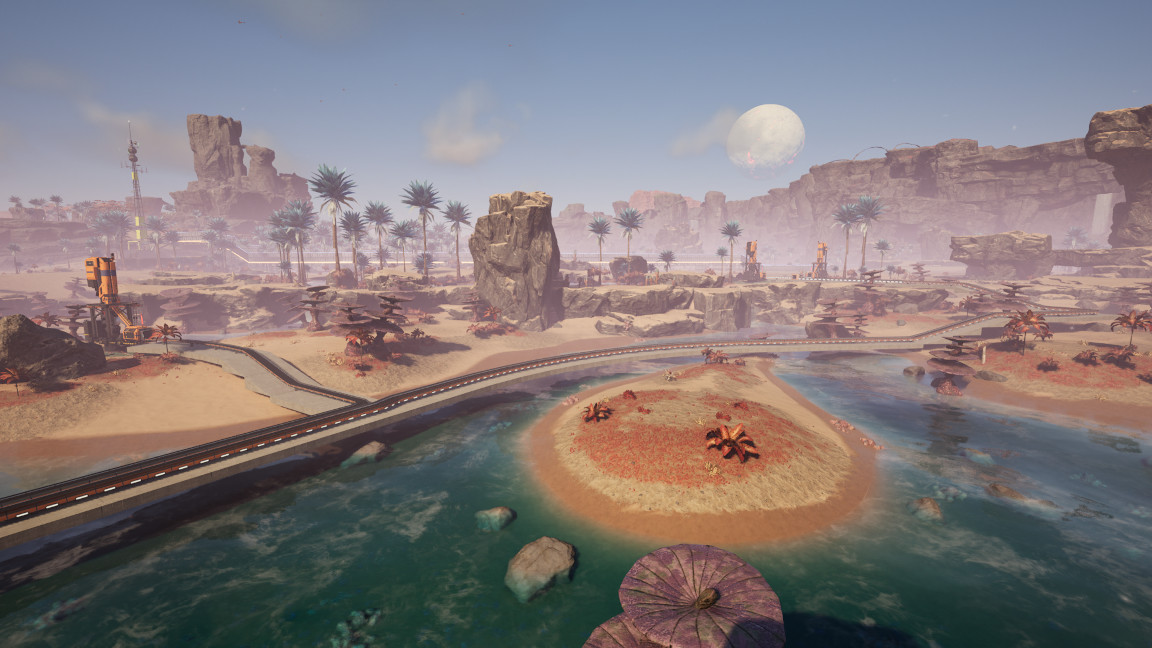



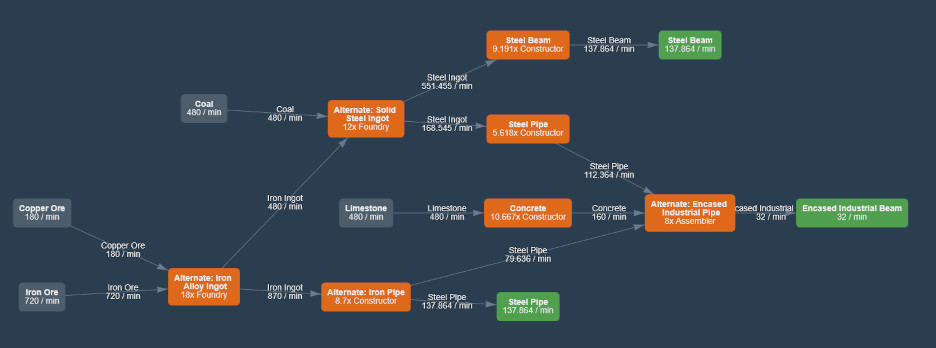


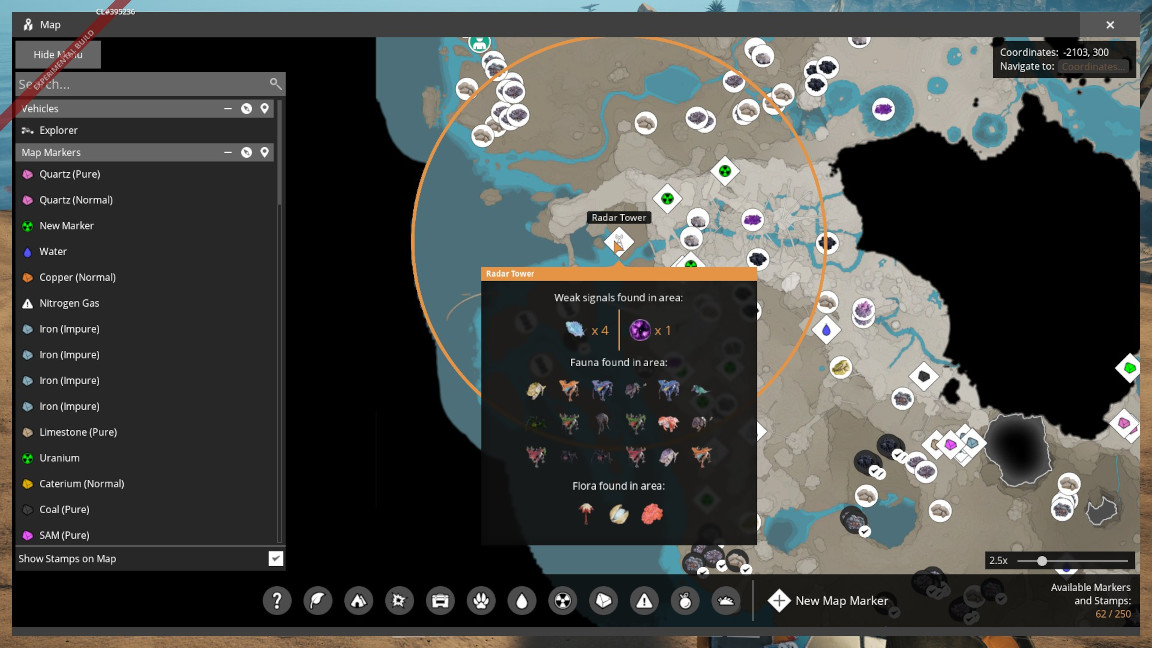




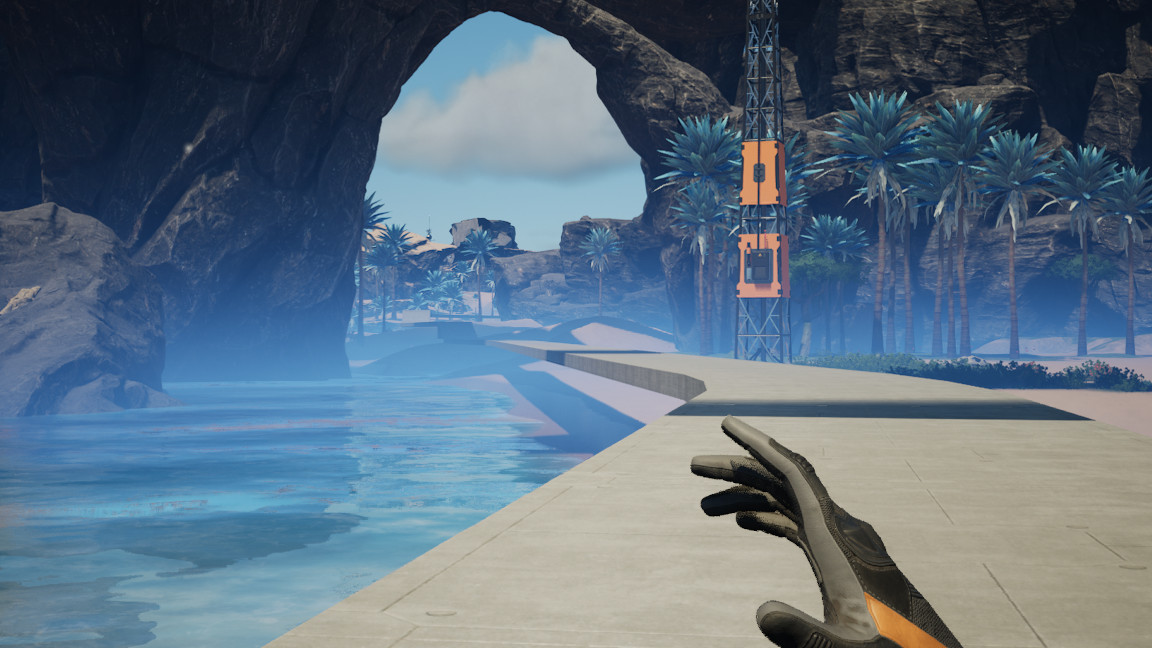










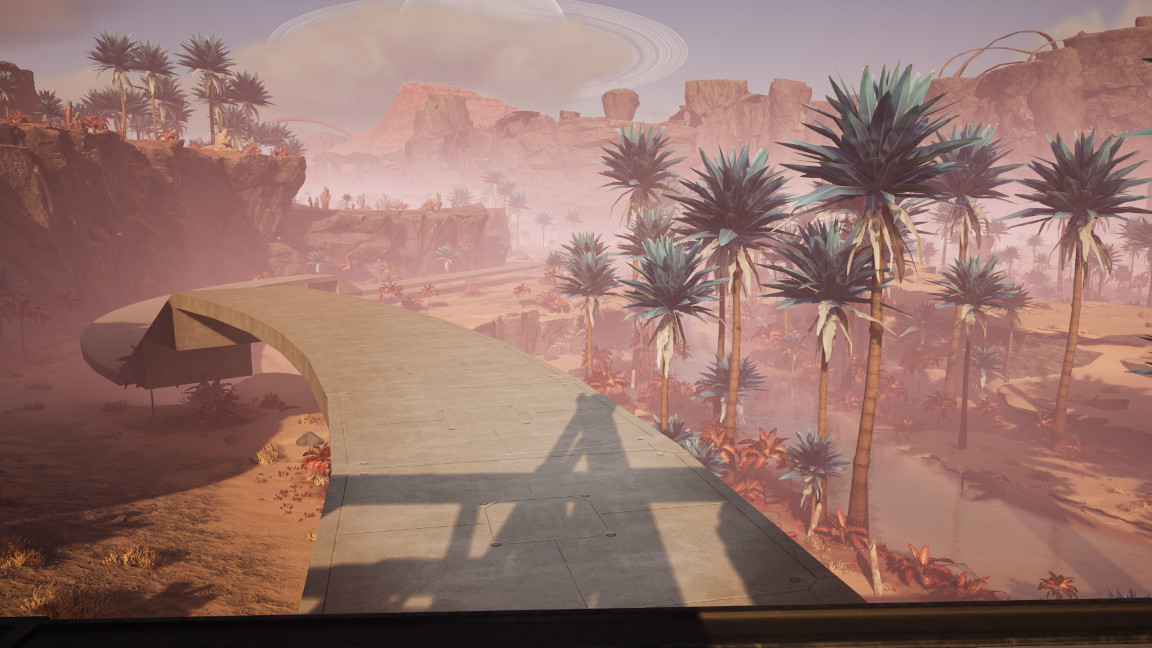

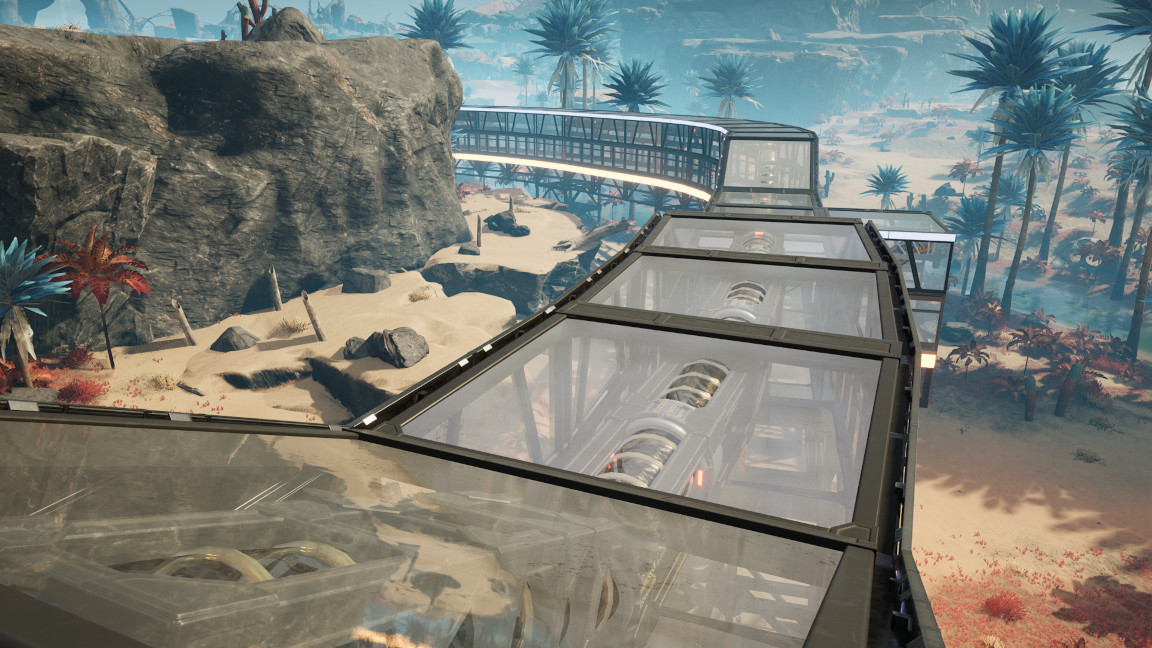



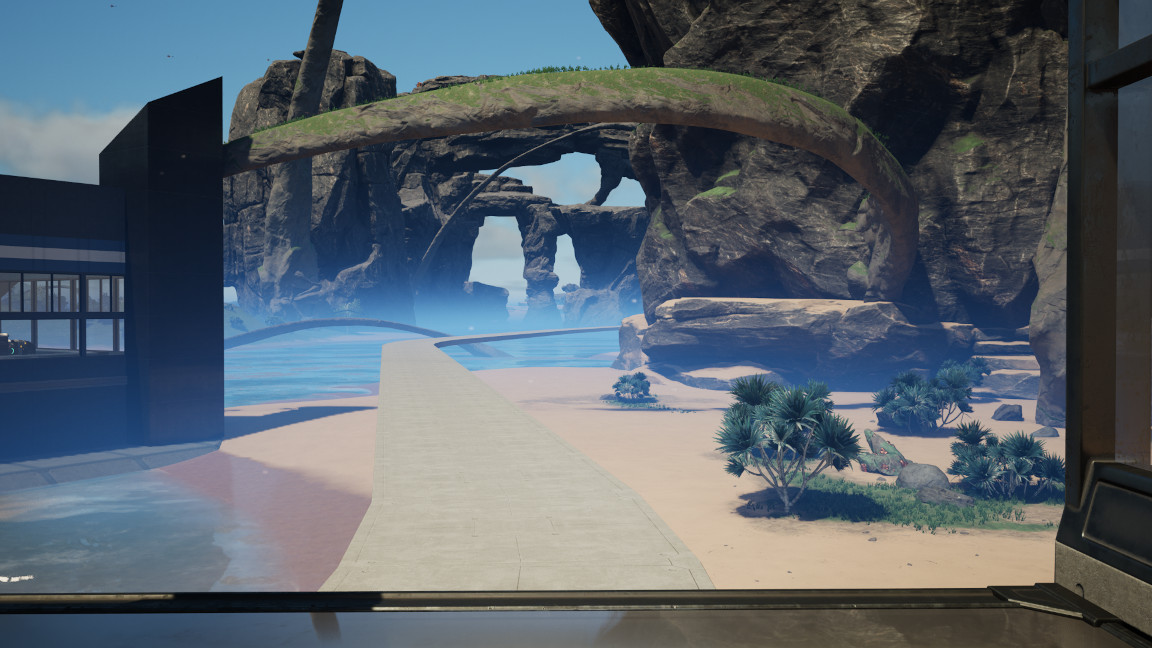
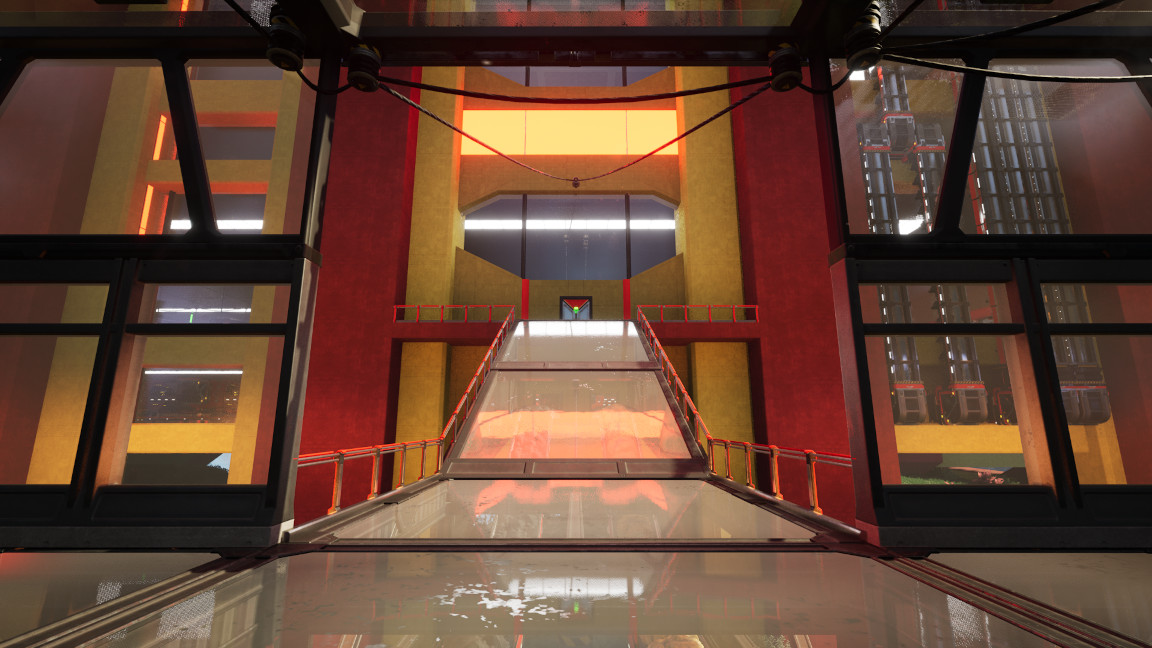
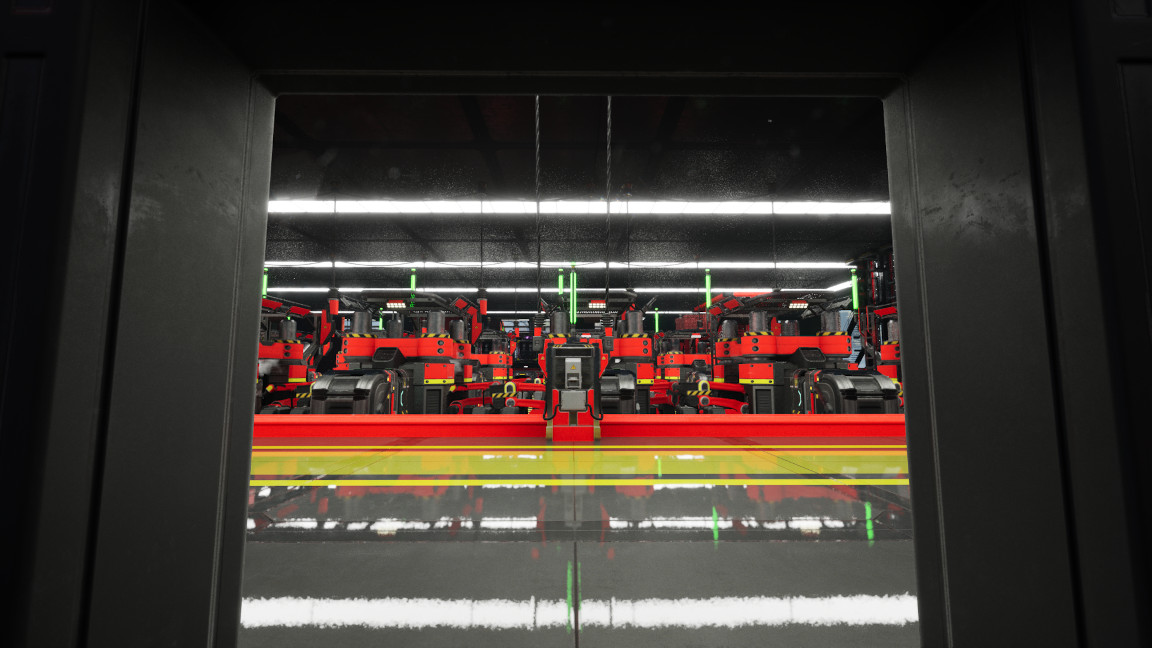


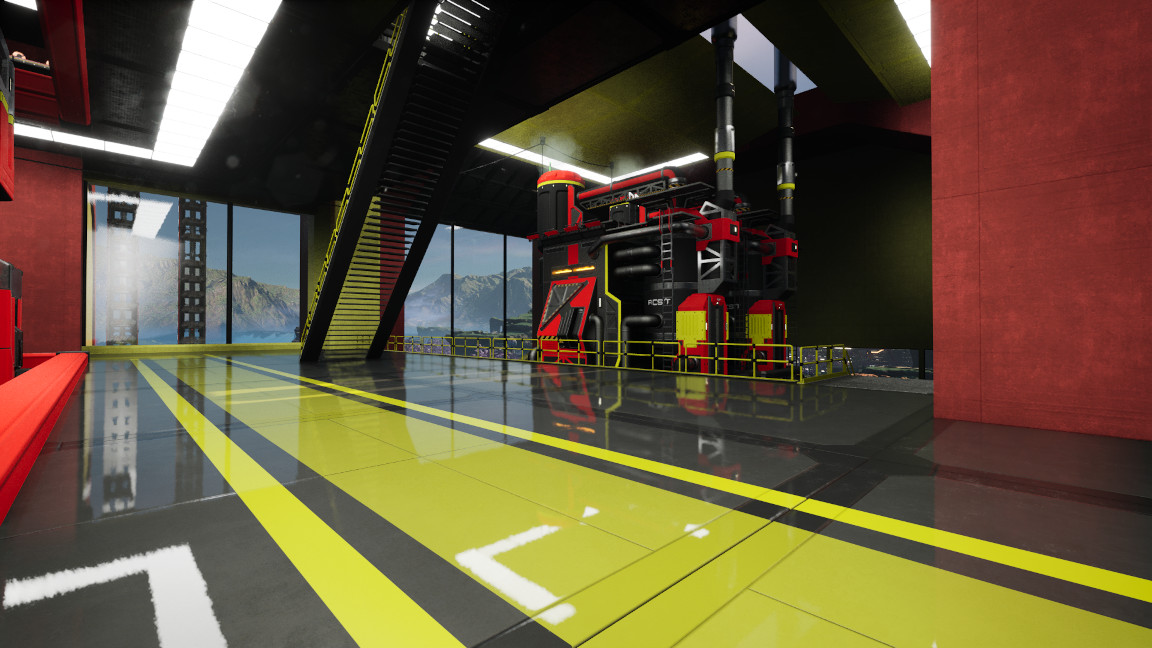








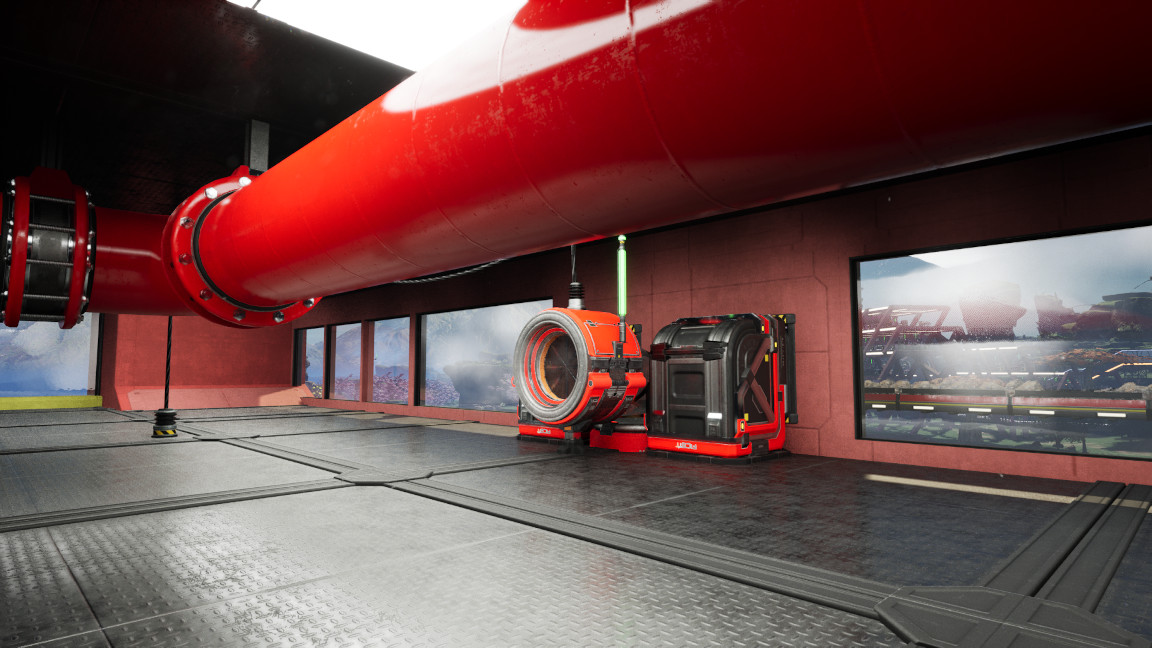


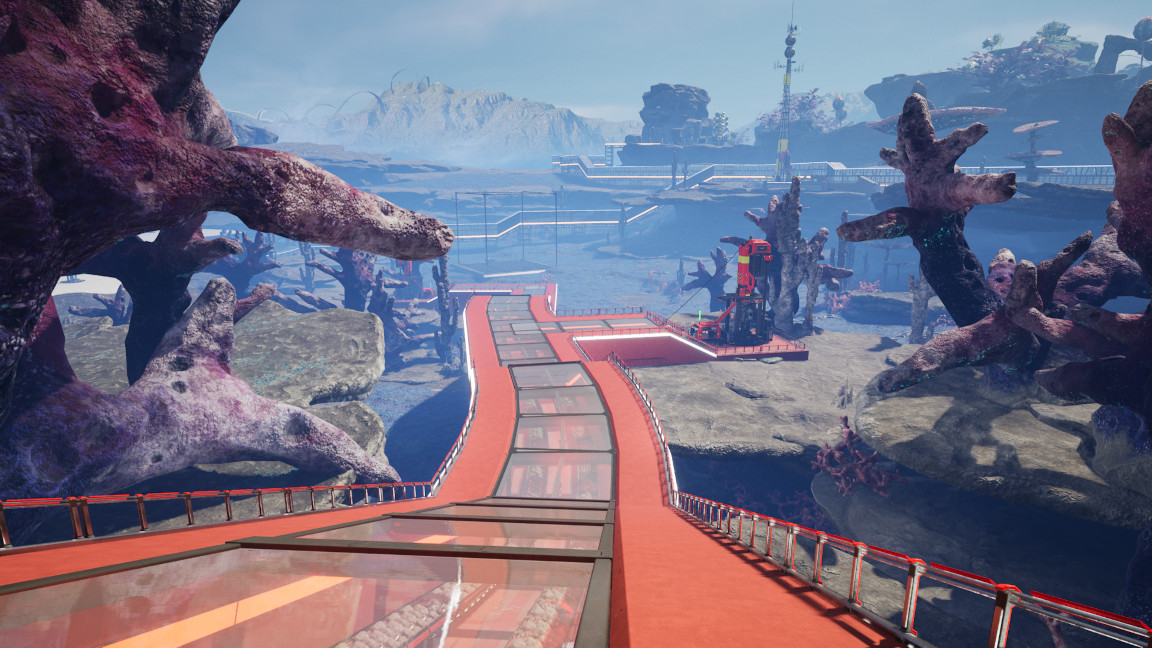
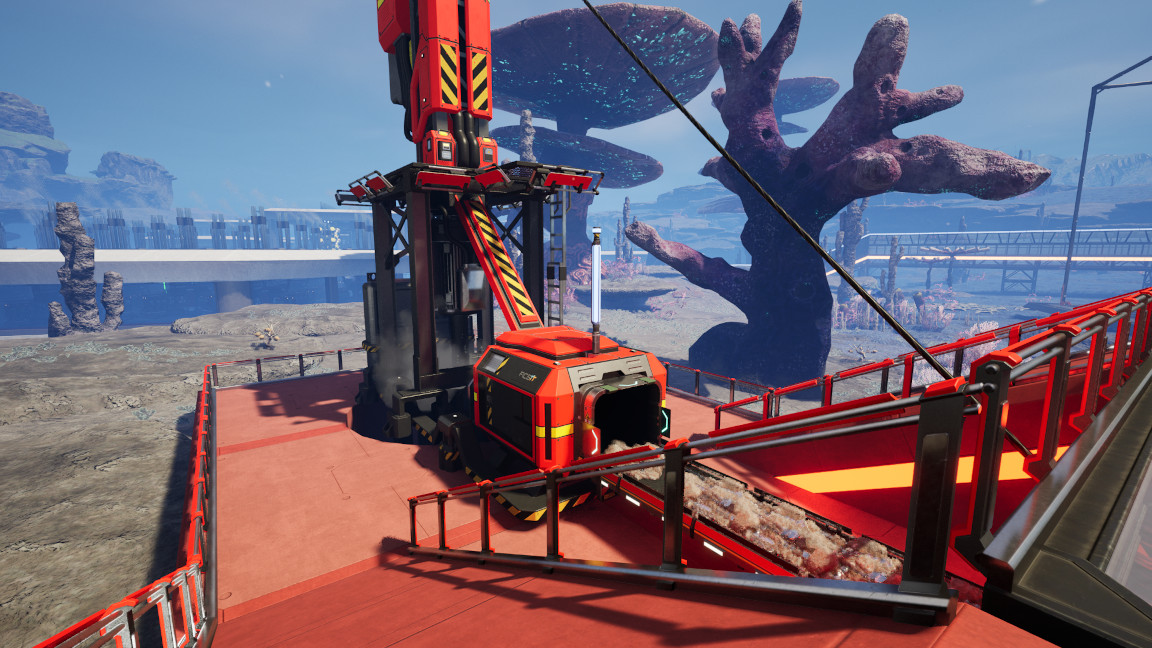

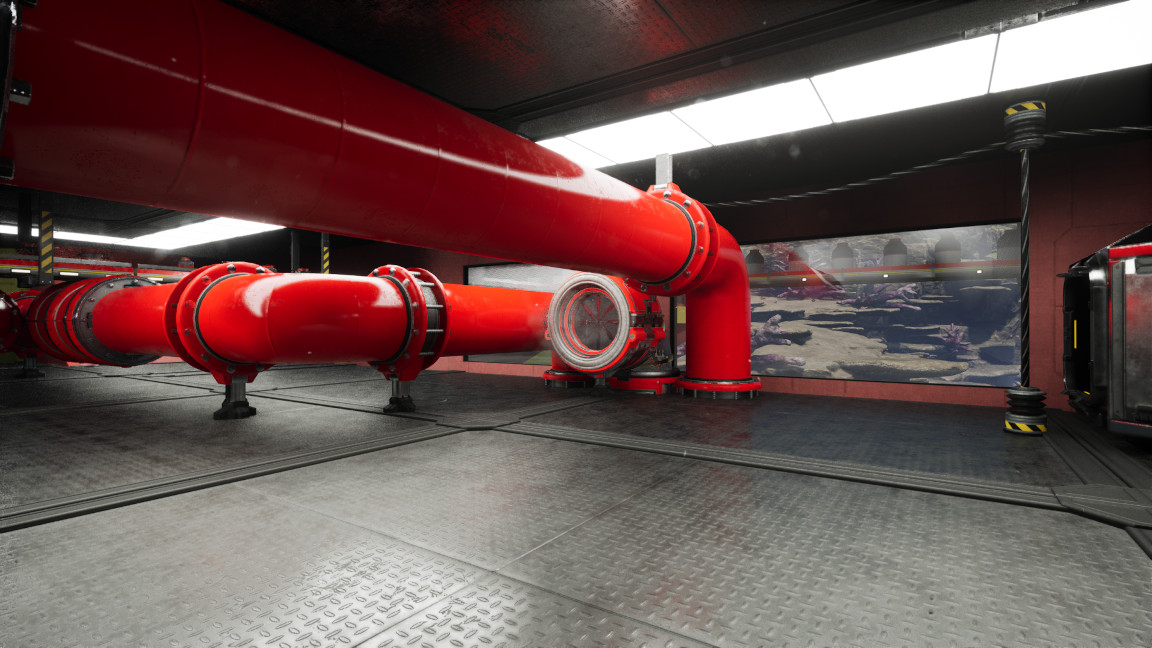
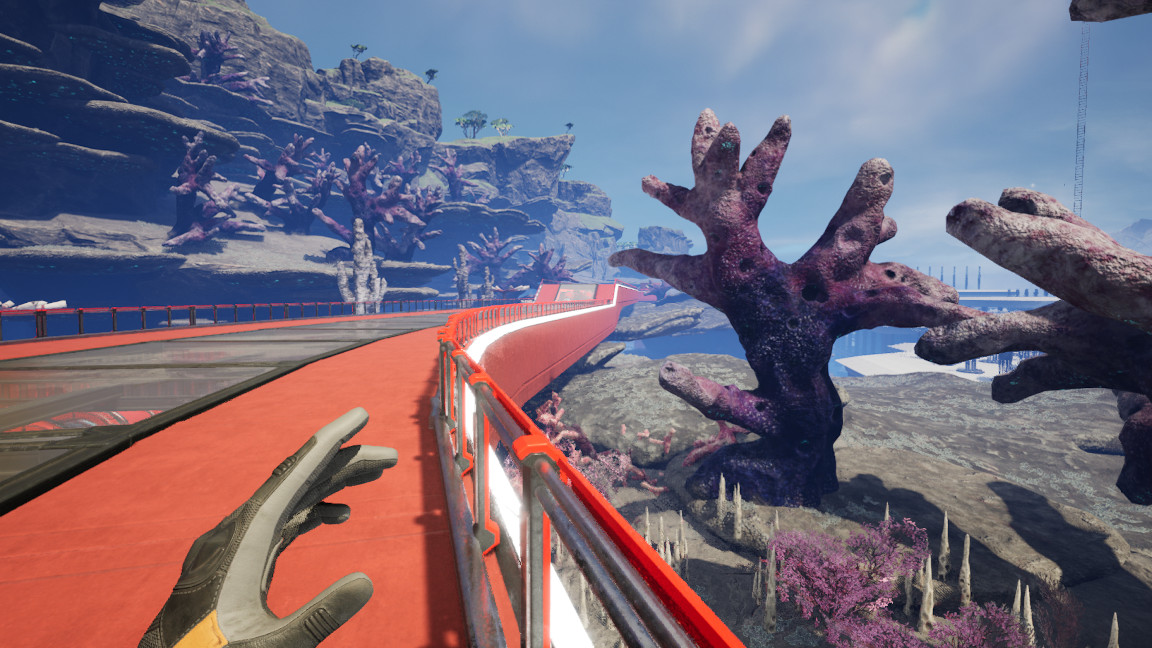

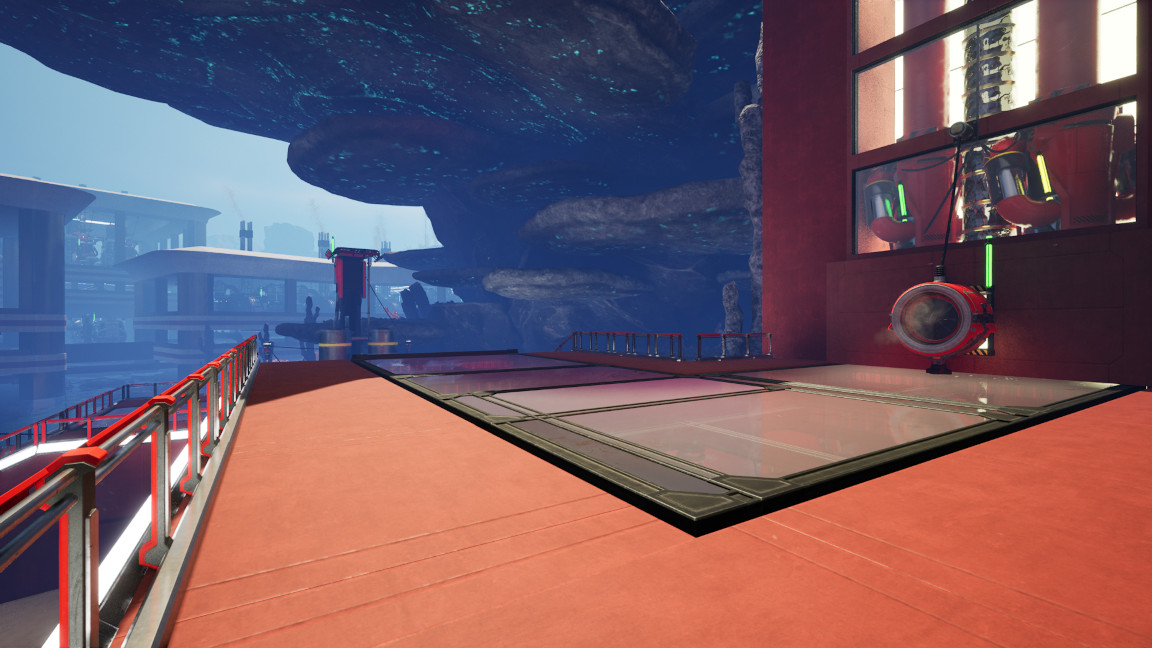
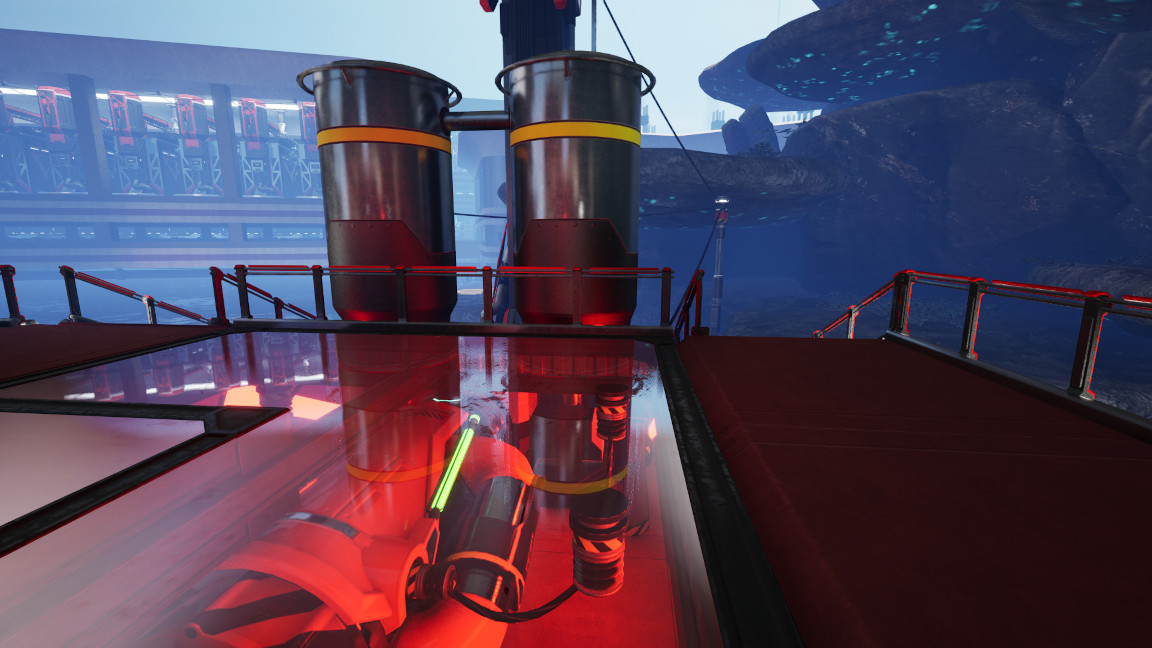

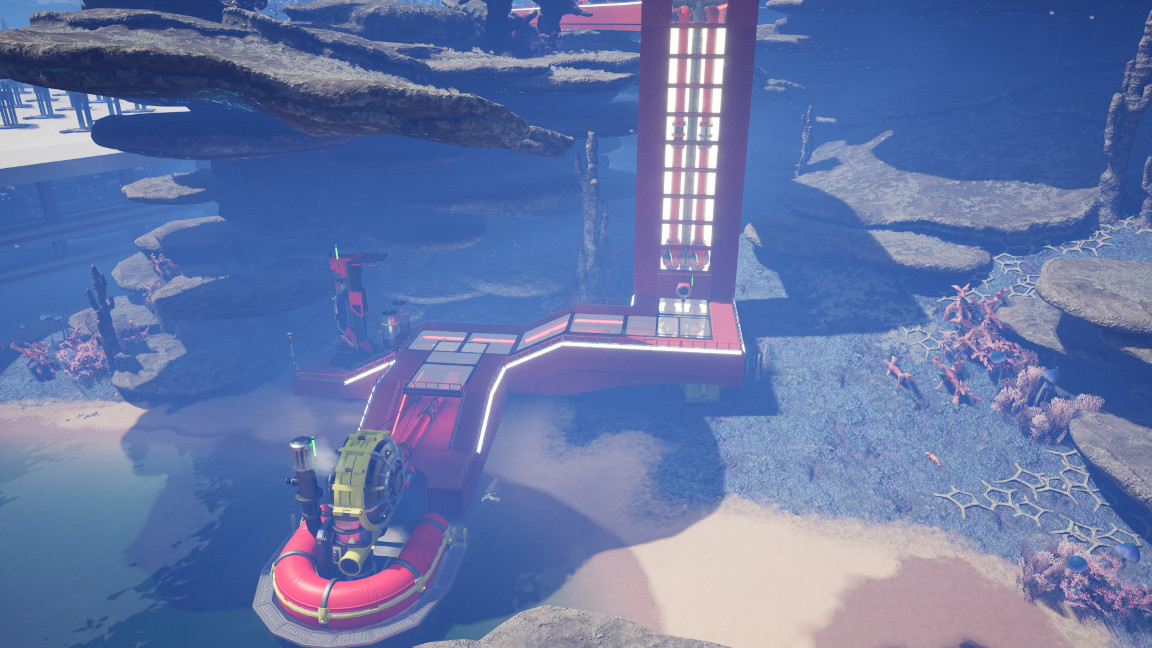

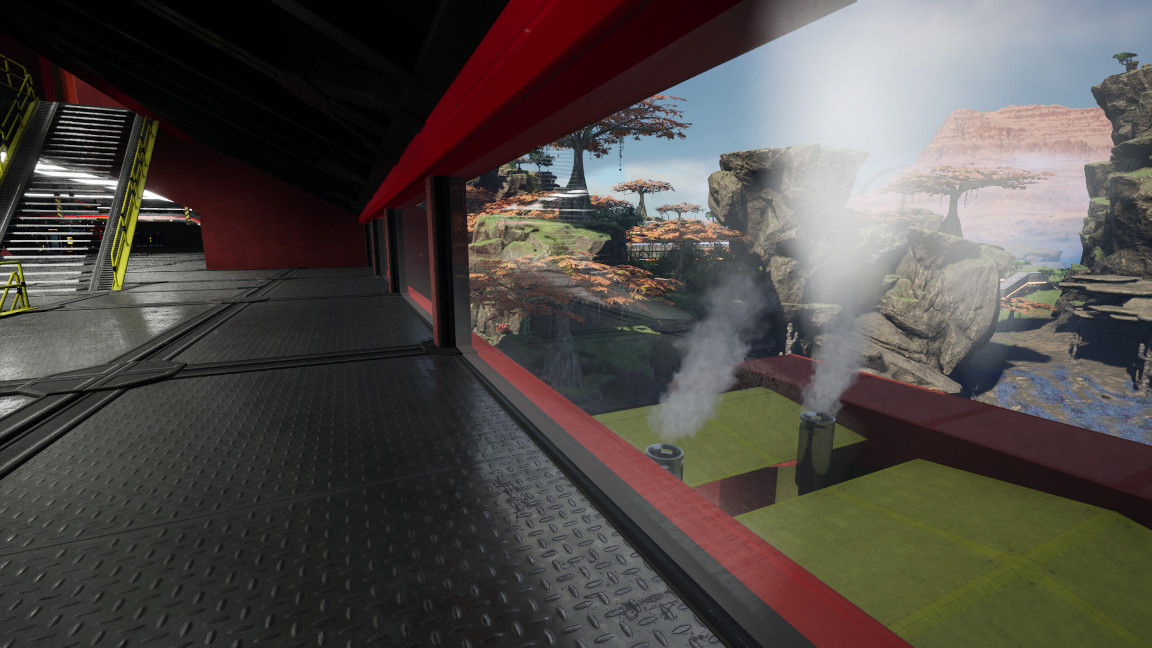


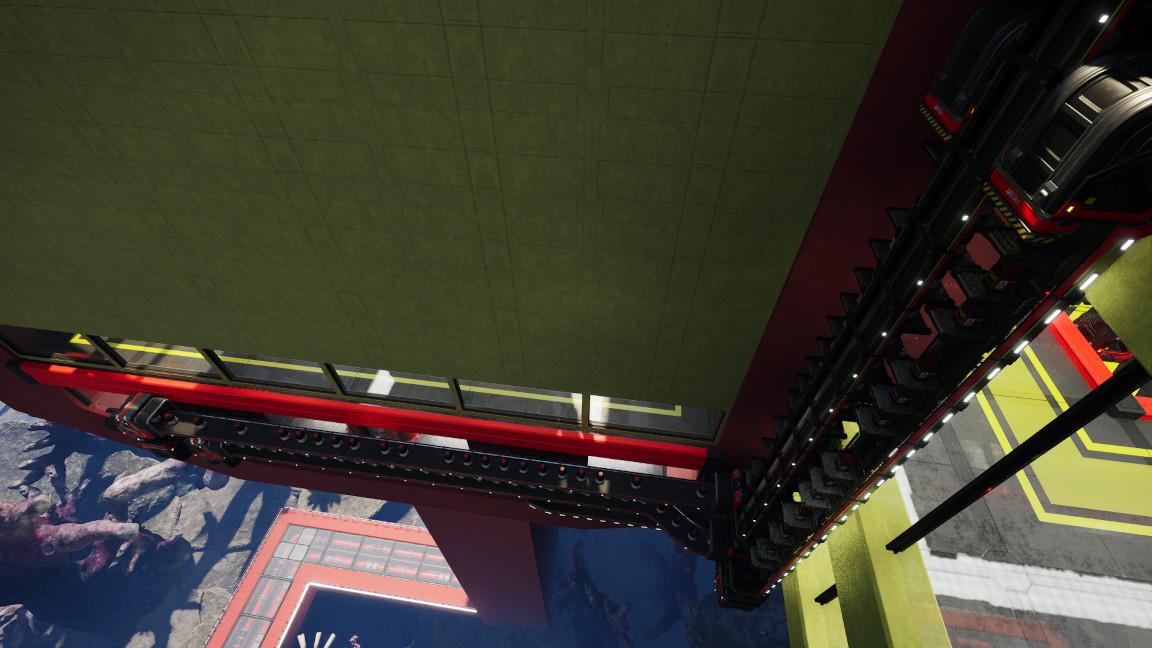






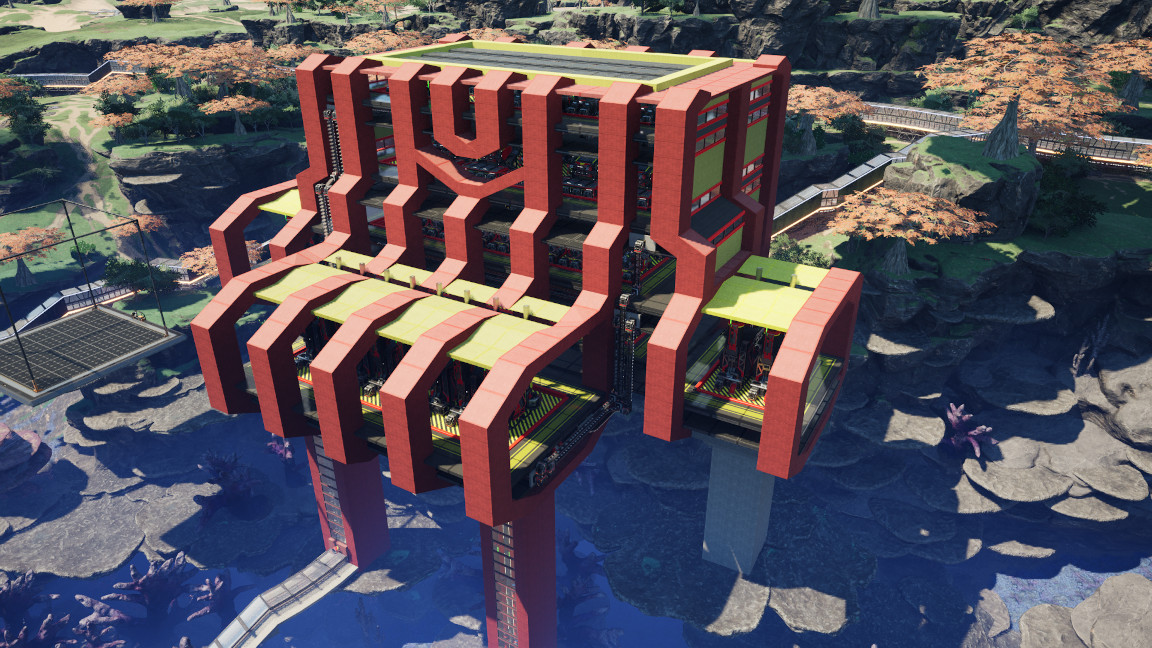



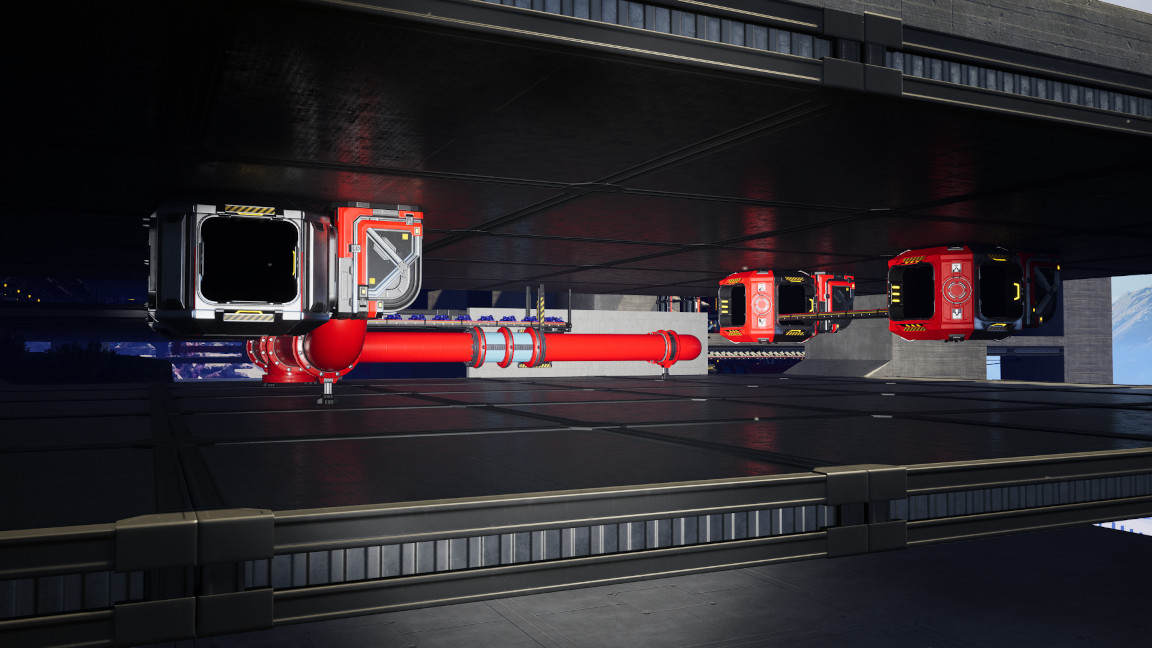





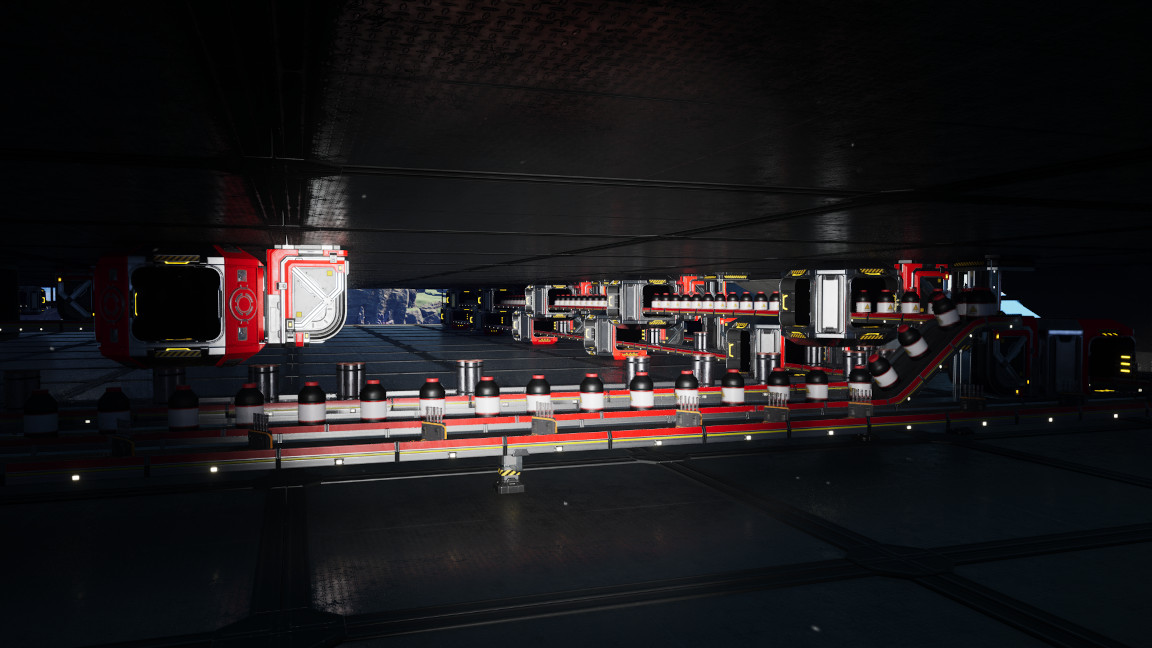




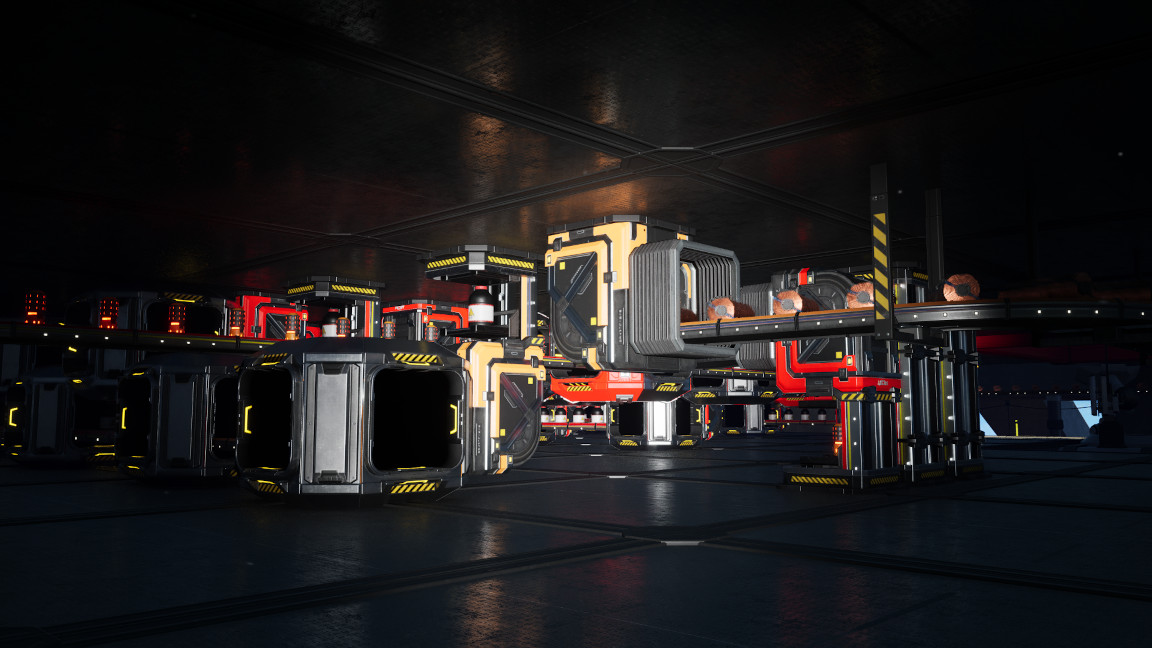


















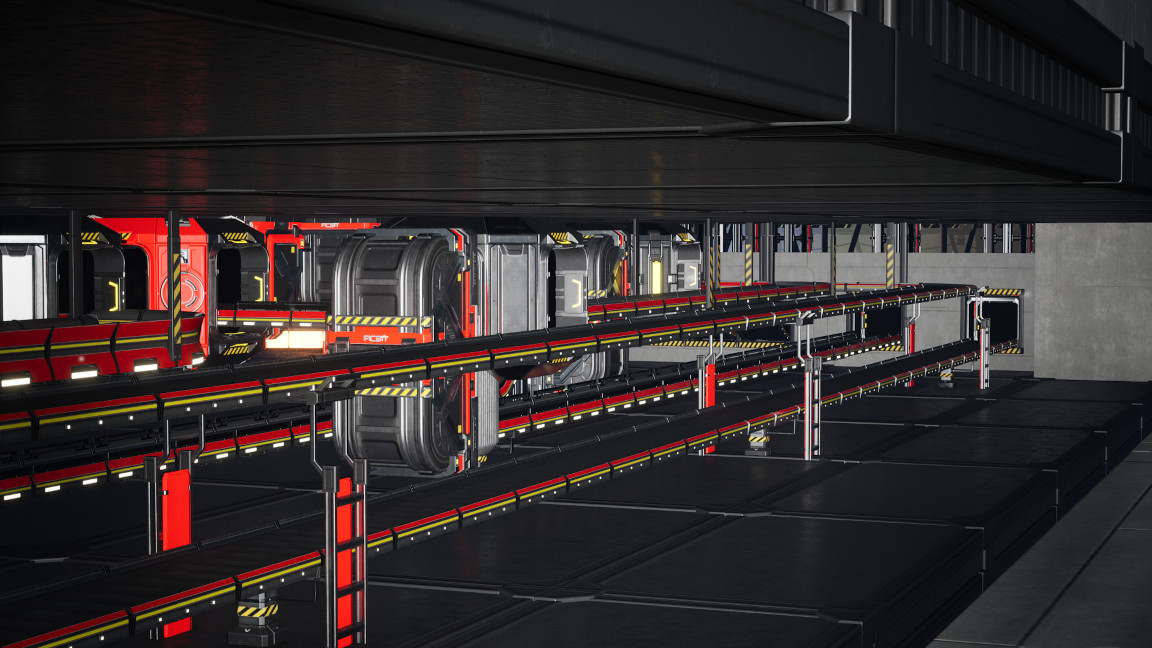







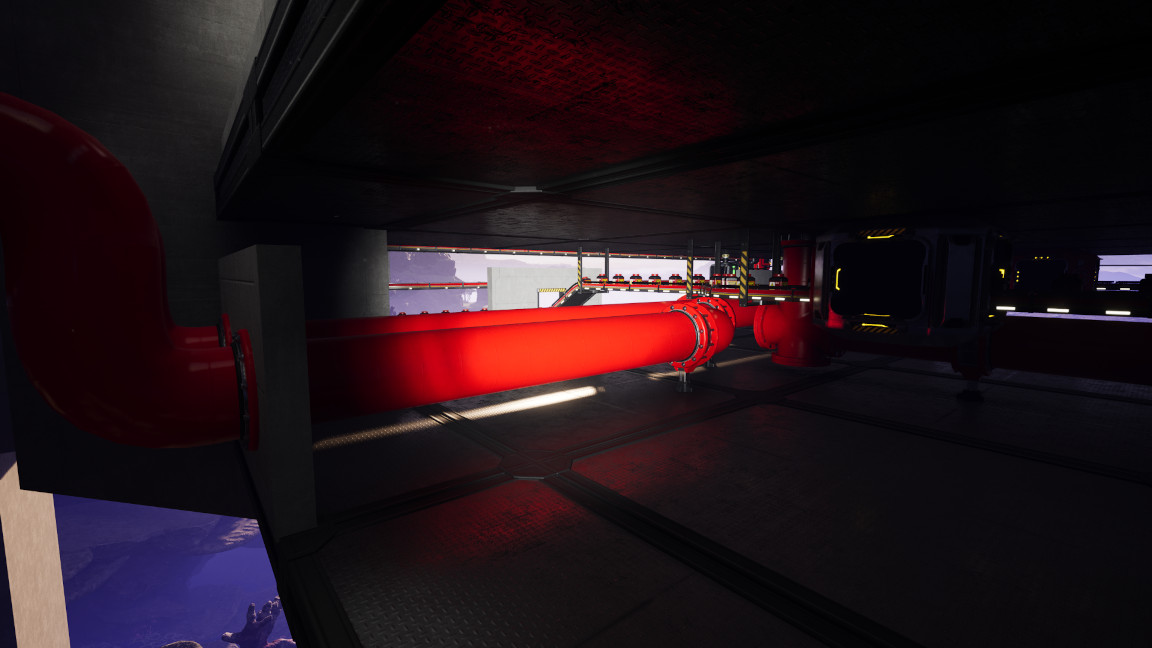
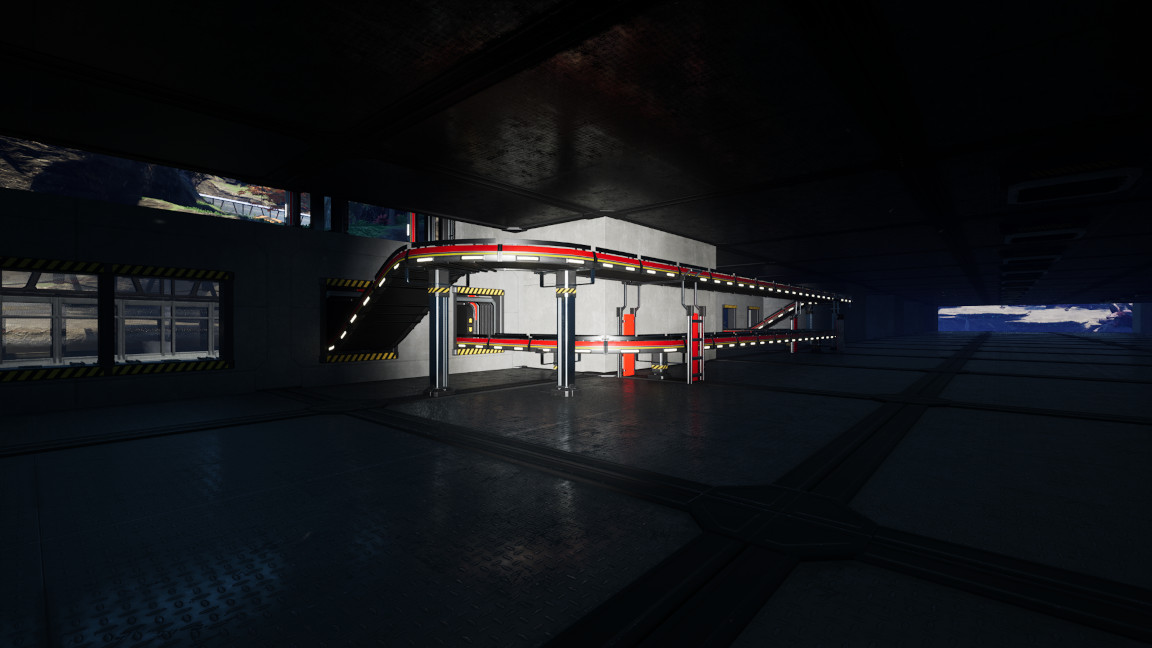







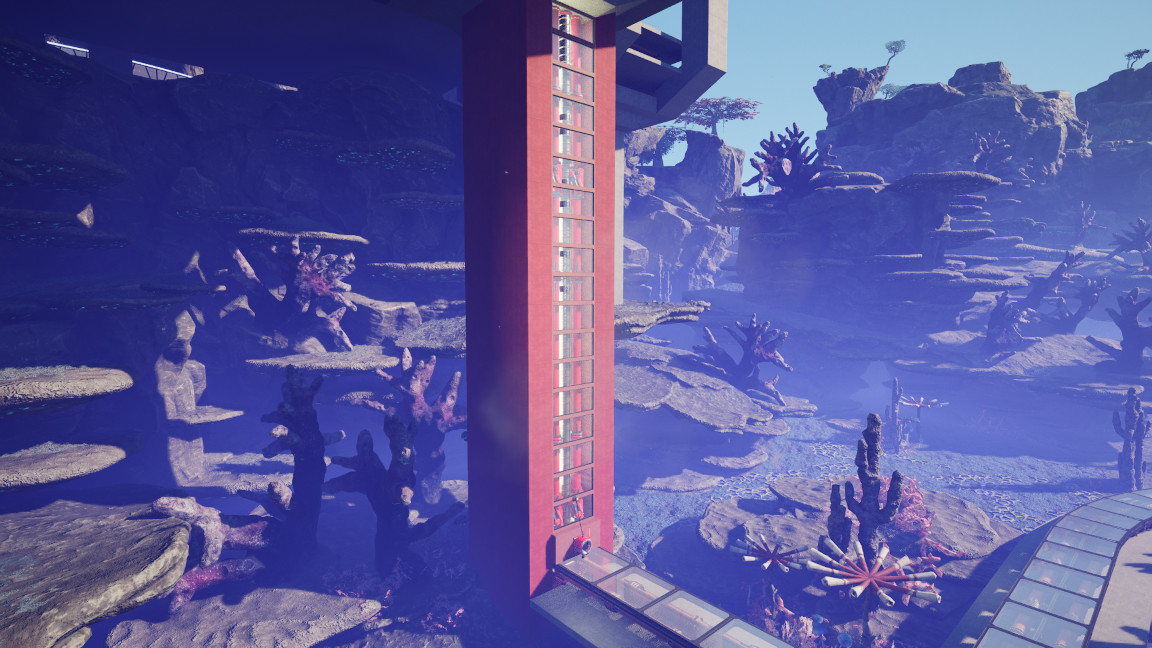

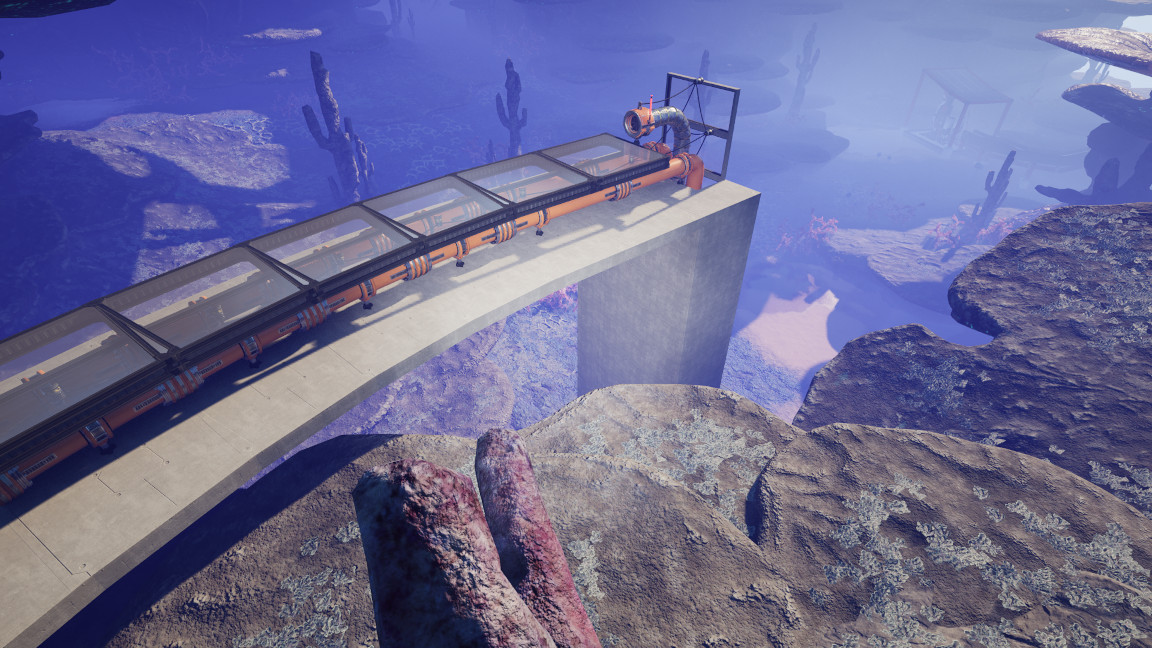

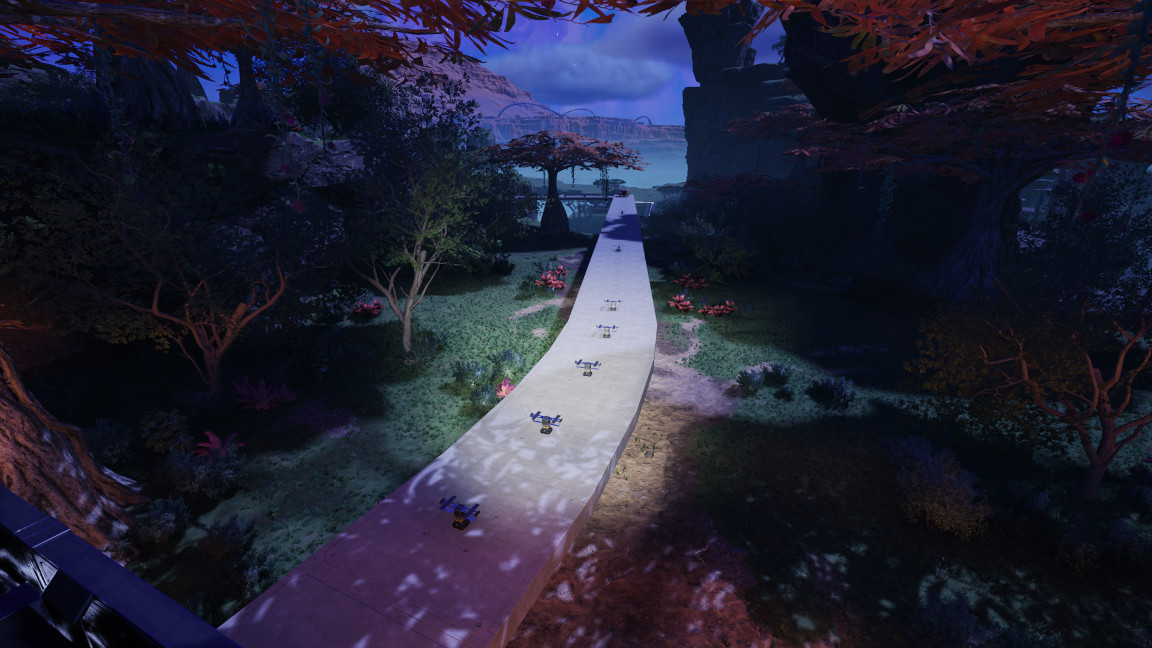



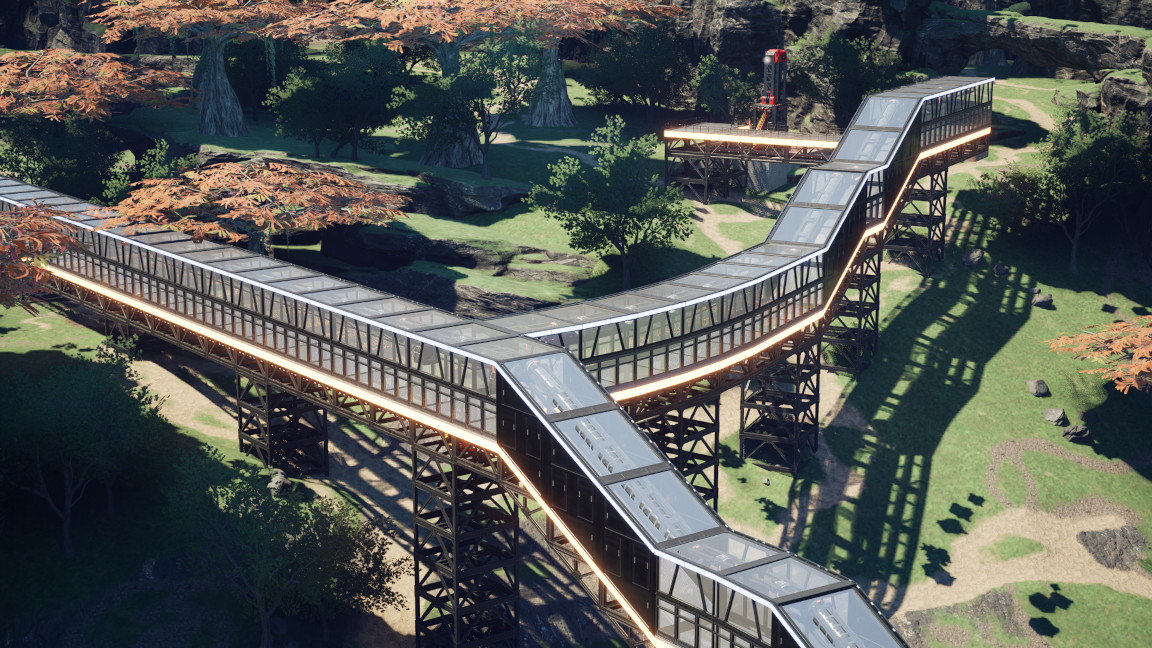
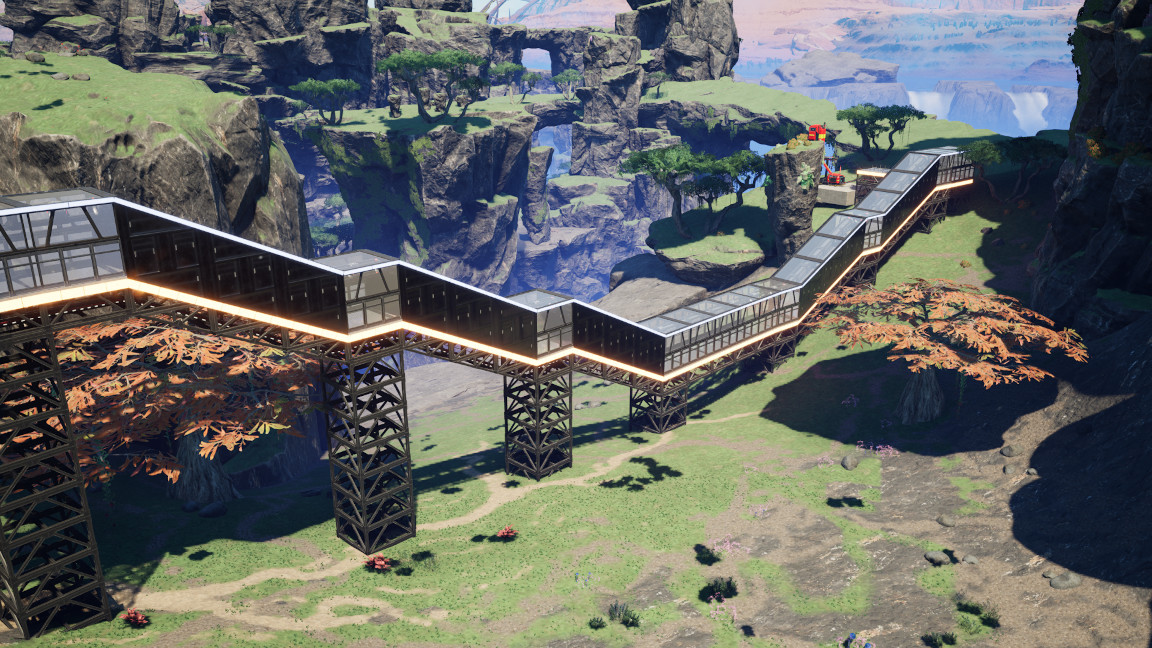


Same. I'm not a god, I'm not gonna pretend to be.